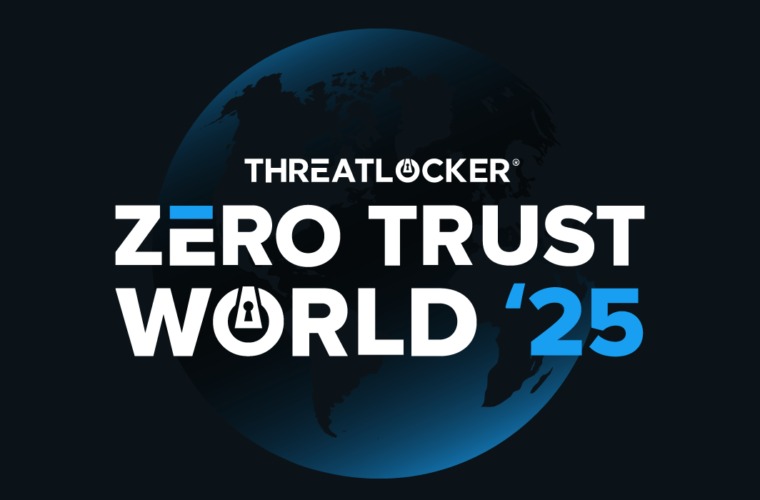The healthcare industry remains a prime target for cybercriminals, and this pattern is anticipated to persist throughout 2023. In the initial quarter of 2023, healthcare organizations disclosed 145 data breaches, as reported by the U.S. government’s Office for Civil Rights (OCR). This follows a year in which there were 707 such incidents, resulting in the theft of 51.9 million records.
The attractiveness of the healthcare sector as a target should come as no surprise. Stolen medical records provide hackers with extensive valuable information, including individuals’ names, birthdates, addresses, and Social Security numbers. Taking this into account, it becomes clear why a staggering 95% of documented instances of identity theft are linked to healthcare records that have been compromised.
There are indications that these records hold a value that surpasses credit card data by up to 50 times. Malicious actors exploit this value by selling such information on the dark web, enabling various fraudulent activities, including tax fraud schemes. Cyberattacks manifest in diverse forms, encompassing ransomware and the pilferage of personal data. The consequences of such attacks can fluctuate based on the scale of the healthcare facility.

Healthcare: Top 8 biggest challenges
Healthcare organizations grapple with many cybersecurity challenges to safeguard data and systems against cyber threats. Some of the foremost cybersecurity challenges faced by healthcare organizations include:
Vulnerability of legacy systems
Healthcare institutions often rely on outdated legacy systems, including obsolete workstations and networked medical equipment. These systems frequently harbour unpatched vulnerabilities, rendering them susceptible to exploitation by malicious actors.
Insecure medical devices and equipment
The proliferation of the Internet of Medical Things (IoMT) means that healthcare establishments increasingly rely on an expanding array of networked devices. Similar to other Internet of Things (IoT) devices, IoMT systems often exhibit inadequate security measures, creating new vulnerabilities that attackers can leverage to gain access to the organization’s strategies and patients’ sensitive data.

Data Breaches in healthcare
Healthcare entities store vast quantities of sensitive data, and the adoption of electronic health records mandates accessibility to patients. Striking a balance between security and accessibility poses a complex challenge, making it more difficult to shield this data from unauthorized access and potential breaches.
Ransomware and malware
In Q3 2022, one out of every 42 healthcare organizations fell victim to ransomware attacks, making it the most frequently targeted industry. Ransomware incidents in healthcare are prevalent due to the high value of the data held. The likelihood that organizations will pay to restore operations and resume patient care.
Phishing
Phishing attacks offer attackers entry into an organization’s systems by purloining login credentials or deploying malware. These attacks are widespread because they are simple to execute and hinge on deceiving users rather than circumventing an organization’s cybersecurity defences.
Distributed Denial of Service (DDoS)
DDoS attacks aim to incapacitate applications or systems by overwhelming them with an excessive volume of traffic. Cybercriminals increasingly utilise DDoS attacks as part of ransom campaigns, sometimes in conjunction with ransomware or data theft.

Limited budget
Healthcare providers often operate within tight budget constraints, with the majority of resources allocated to patient care. Consequently, cybersecurity may not receive the prioritization required when allocating finite resources. An inefficient and disjointed security architecture can swiftly consume resources as organizations grapple with the costs of redundant security solutions or respond to the fallout of successful data breaches and other security incidents.
Fragmented Security Architecture
Healthcare institutions often operate with an immature cybersecurity framework, relying on an assortment of standalone security products. Nearly 80% of healthcare organizations employ more than ten such point products for security, complicating their ability to detect and mitigate potential threats before attackers gain access to sensitive data or deploy ransomware.
Healthcare organizations confront an array of security challenges, and some of these, like the persistent attention of cybercriminals, lie beyond their immediate control. Nevertheless, by implementing an effective security program and robust architecture, healthcare providers can substantially mitigate their vulnerability to cyber threats and curtail the financial burden associated with cybersecurity measures.



